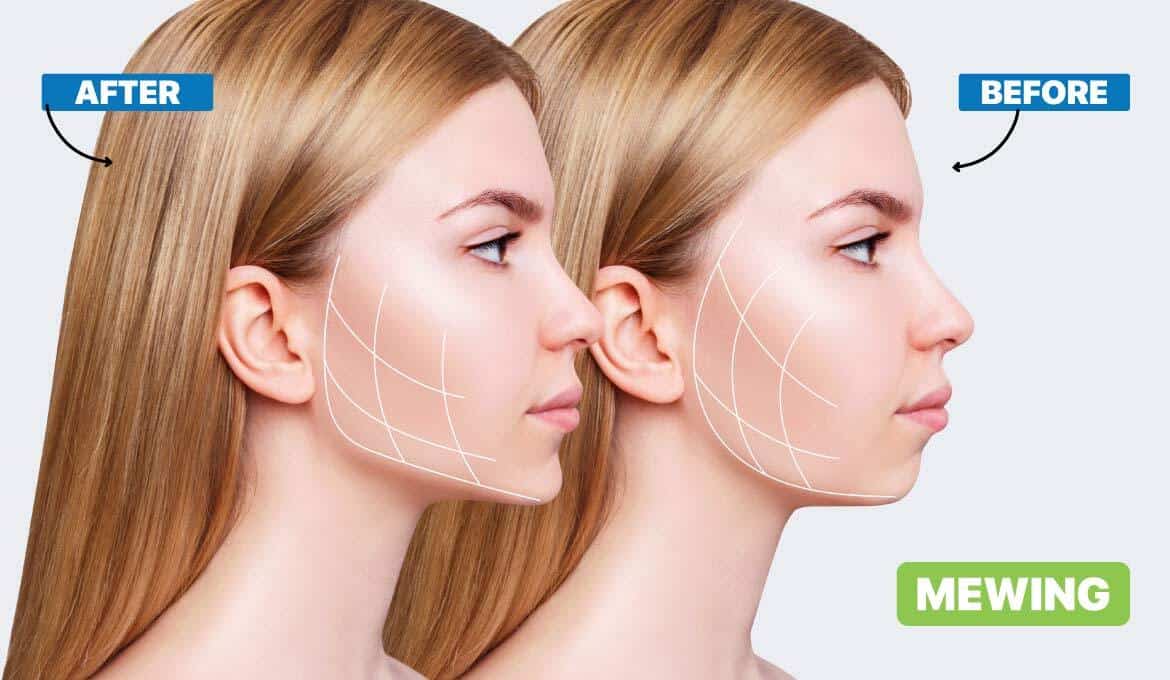
Dealing with a stuffy nose can be extremely annoying.
Night time is when the condition starts to flare up. You begin to get comfortable and get under the covers, hoping to enjoy an interrupted sleep. But little do you know that you are in for a surprise.
Thanks to a stuffy nose, you might wake up several times in the middle of the night with breathlessness, i.e., if the pressure of nasal congestion allows you to fall asleep.
How To Sleep With a Stuffy Nose?
Ironically, sleep is one of the best ways to ease the symptoms of a stuffy nose. A good night's rest can significantly minimize the severity of the symptoms, whether the congested nose results from an infection, allergy, or the flu.
This brings us back to the original dilemma – how to sleep with a stuffy nose?
Worry not! We have amassed a list of 10 tips to help you improve the quality of your sleep and eliminate the infuriating symptoms associated with a stuffy nose.
i). Choose a High Pillow for your Head
The congestion in your nasal passages is the result of inflamed blood vessels in the inner lining of the nostrils. This inflammation causes swelling in the tissues lining the nose, causing difficulty for the sinuses to drain. Hence, it becomes challenging to breathe effortlessly through the nose.
In such cases, the best sleeping position for sinus drainage is with your head resting against a high pillow. This position opens up a pathway for the sinuses to drain. Ultimately, this reclining position helps ease the congestion in the nose.
But is there an ideal pillow height that helps achieve maximum comfort?
Your ideal pillow size might differ according to the bed's dimensions or your height. However, studies have established that pillows 4 cm to 10 cm high offer the maximum comfort to humans.
ii). Rely on the Benefits of Honey
Widely popular for its antioxidant properties, honey helps with blood sugar levels and improves cardiac health. Several studies have also confirmed the antidepressant and anti-anxiety properties of this substance.
Given the list of benefits, it is no surprise that honey is integral in calming the nasal passage. Its antimicrobial properties effectively eliminate the bacteria responsible for causing a stuffy nose.
Simply consume one tablespoon of honey with a glass of lukewarm water or mix it with tea before sleeping with a stuffy nose.
iii). Use a Decongestant
The role of decongestants is to reduce the inflammation in the inner lining of the nostrils. Decreasing the inflammation opens up the airways, providing temporary relief to help you sleep through the night without interruptions.
Fortunately, these decongestants are available without a prescription. You can choose from a collection of sprays, drops, capsules, and liquids according to your preferred mode of ingestion.
However, decongestants are not suitable for specific individuals, especially patients with a history of diabetes and high blood pressure. It is better to consult a doctor to check if you can use a decongestant without experiencing side effects.
iv). Bank on the Benefits of Steam
You can either take a steam shower or inhale steam directly to minimize the severity of your stuffy nose.
Steam inhalation is a method where you directly breathe in moist and warm steam through your nostrils. This hot vapor minimizes the inflammation of the blood vessels and thinning the mucus generated in the sinuses, helping them drain quickly.
Taking a 20-minute steam shower achieves a similar purpose. It also causes the body temperature to rise and the blood vessels to dilate simultaneously. The latter helps enhance blood circulation in the body and boosts the production of white blood cells to fight the bacteria responsible for nasal decongestion.
v). Try an Antihistamine
Taking an antihistamine can provide relief when you experience a stuffy nose due to an allergic reaction. These medications block the release of histamines, the substances responsible for causing an allergic reaction.
Antihistamines work best when they are used before an allergic reaction and mitigate the severity of accompanying symptoms, including a stuffy nose.
vi). Stay Hydrated
Increasing your fluid intake helps thin the mucus accumulated in your sinuses, making breathing through your nostrils easier. The temperature of water holds no significance. You can drink warm, lukewarm, or cold water according to your preferences. The goal is to loosen the mucus and drain the sinuses.
vii). Add Chilies to your Meal
Spicy foods have long been credited as effective methods to reduce nasal congestion. The secret behind this is the primary ingredient found in chilies – Capsaicin. Along with imparting the “heat” associated with chilies, Capsaicin also eases nasal congestion and reduces sinus pain by decreasing inflammation and allowing the blocked mucus to flow.
Capsaicin is also responsible for producing mucus, which causes a runny nose every time you eat spicy food.
viii). Power on your Humidifiers
A humidifier helps you combat the dry air in your space by adding moisture. Reducing the concentration of dry air decreases sinus inflammation by getting rid of the allergens present in the atmosphere. Humidifiers also ease coughing and relieve the symptoms of a stuffy nose caused due to an allergy.
ix). Take the Assistance of Nasal Strips
Nasal strips are available in most medical stores. Commonly used to reduce snoring and improve sleep quality, nasal strips also temporarily relieve nasal congestion.
Each pack of nasal strips consists of two parallel bands. These are affixed to the skin between the tip and bridge of the nose. They open up your airways and allow for effortless breathing from the nose.
x). Avoid Blowing your Nose
Blowing your nose might not be such a good idea. Research suggests that blowing your nose results in excess pressure in your nostrils. This pressure could cause the fluid to flow into the sinuses, worsening the condition. Instead, use a tissue to dab the mucus released during a runny nose.
Final Thoughts
Usually, a stuffy nose is a temporary inconvenience that can be dealt with using a combination of ample rest and home treatments. Try out our list of remedies and enjoy undisturbed sleep for rapid recovery.
But if you experience persistent symptoms that do not recede despite these measures, visit a health practitioner immediately.
Nasal congestion can also be a significant cause for concern in adults over the age of 65, infants, and immunocompromised individuals. Also, on the side of caution and seek medical attention before the condition causes life-threatening problems.
FAQs
1). Why can’t I sleep with a blocked nose?
Ans: A blocked nose is caused due to swelling in the tissues of the nostrils. So, when you position yourself to sleep, the blood flow to your nose increases and worsens the swelling. Your sinuses are also blocked with mucus, contributing to the feeling of discomfort and causing breathlessness.
2). How do you unblock your nose in 3 minutes?
Ans: Use steam inhalation to help reduce the swelling inside your nostrils and free up your airways to breathe more effortlessly. You can also ingest spicy foods to open up your nasal passages and drain excess mucus from your sinuses.
Read Also:










































